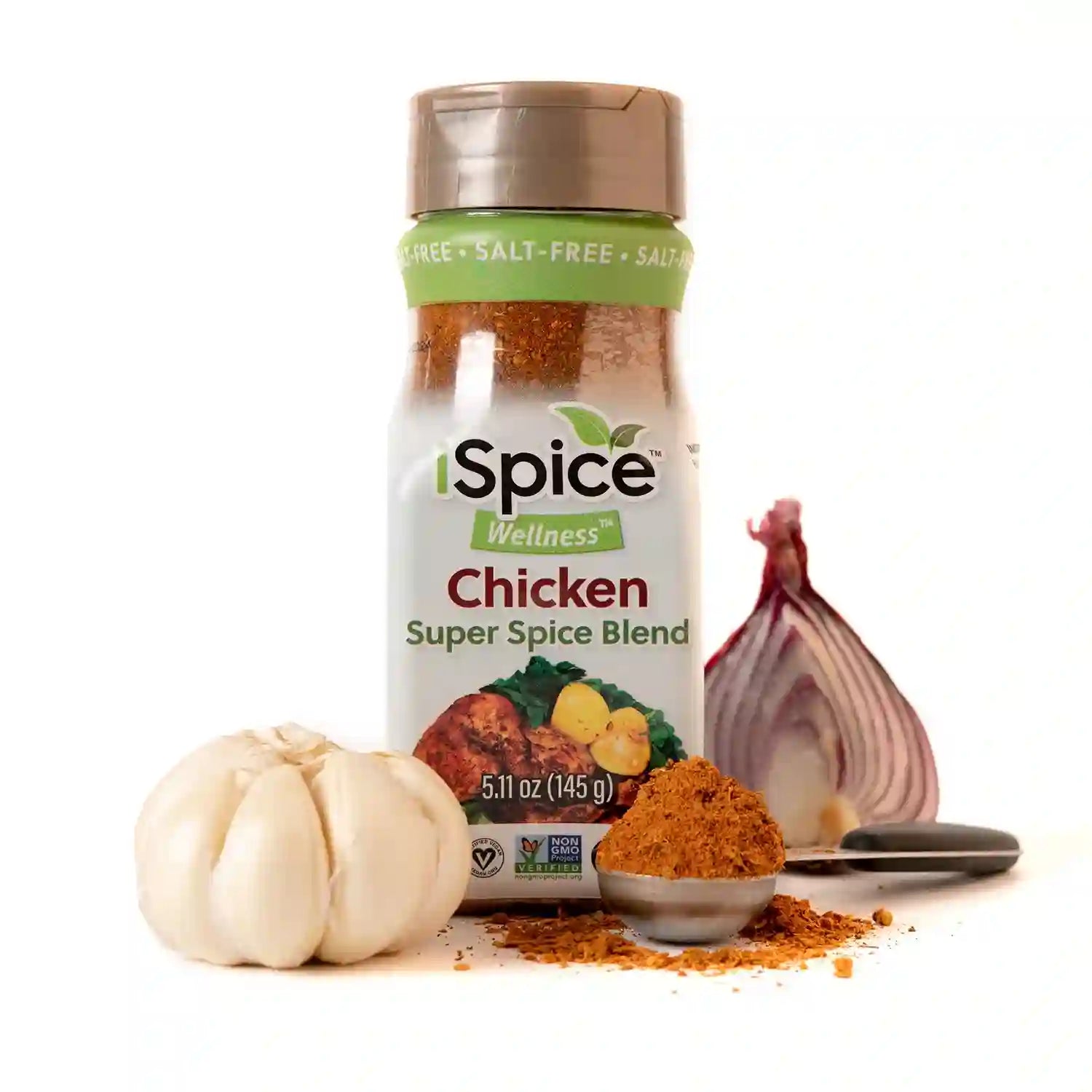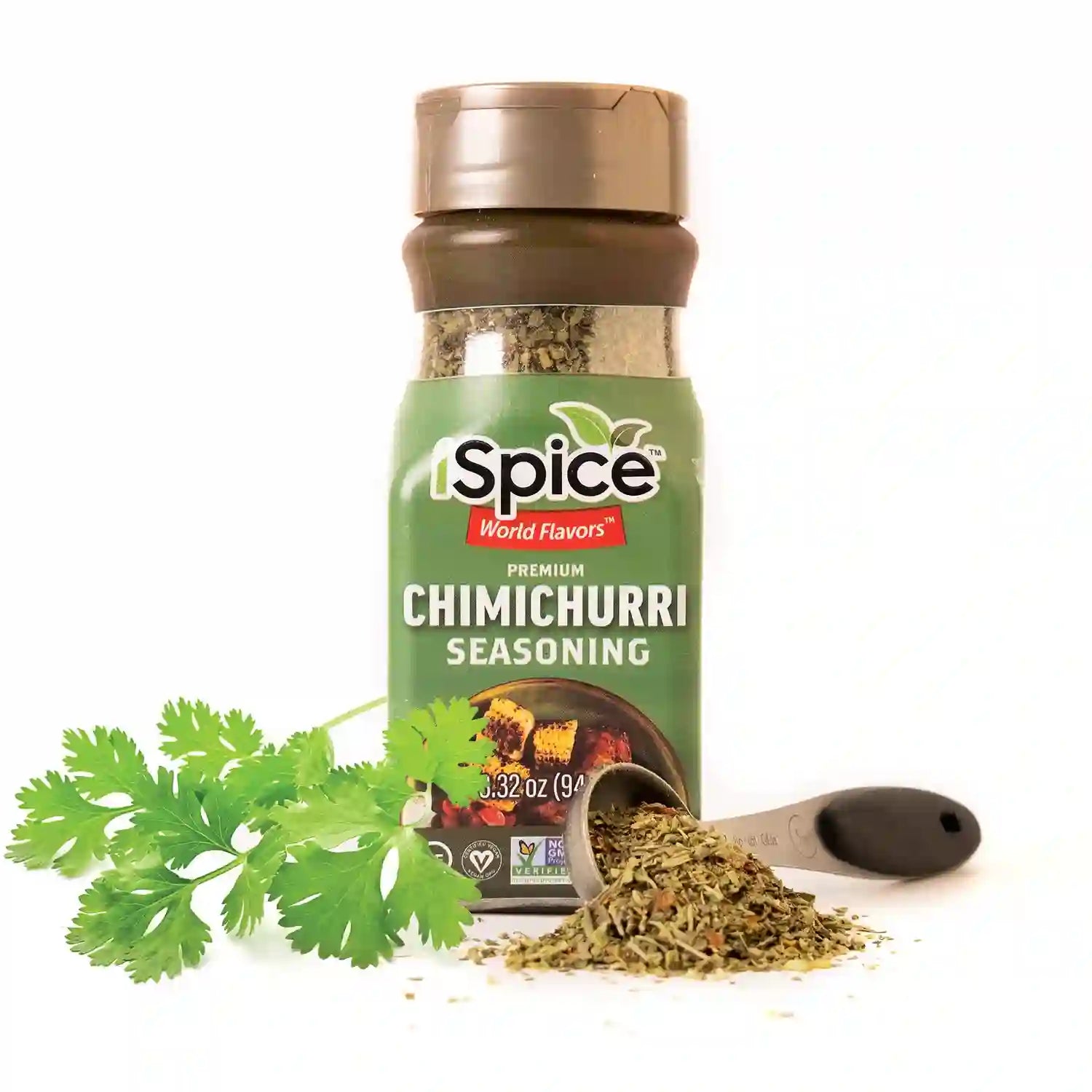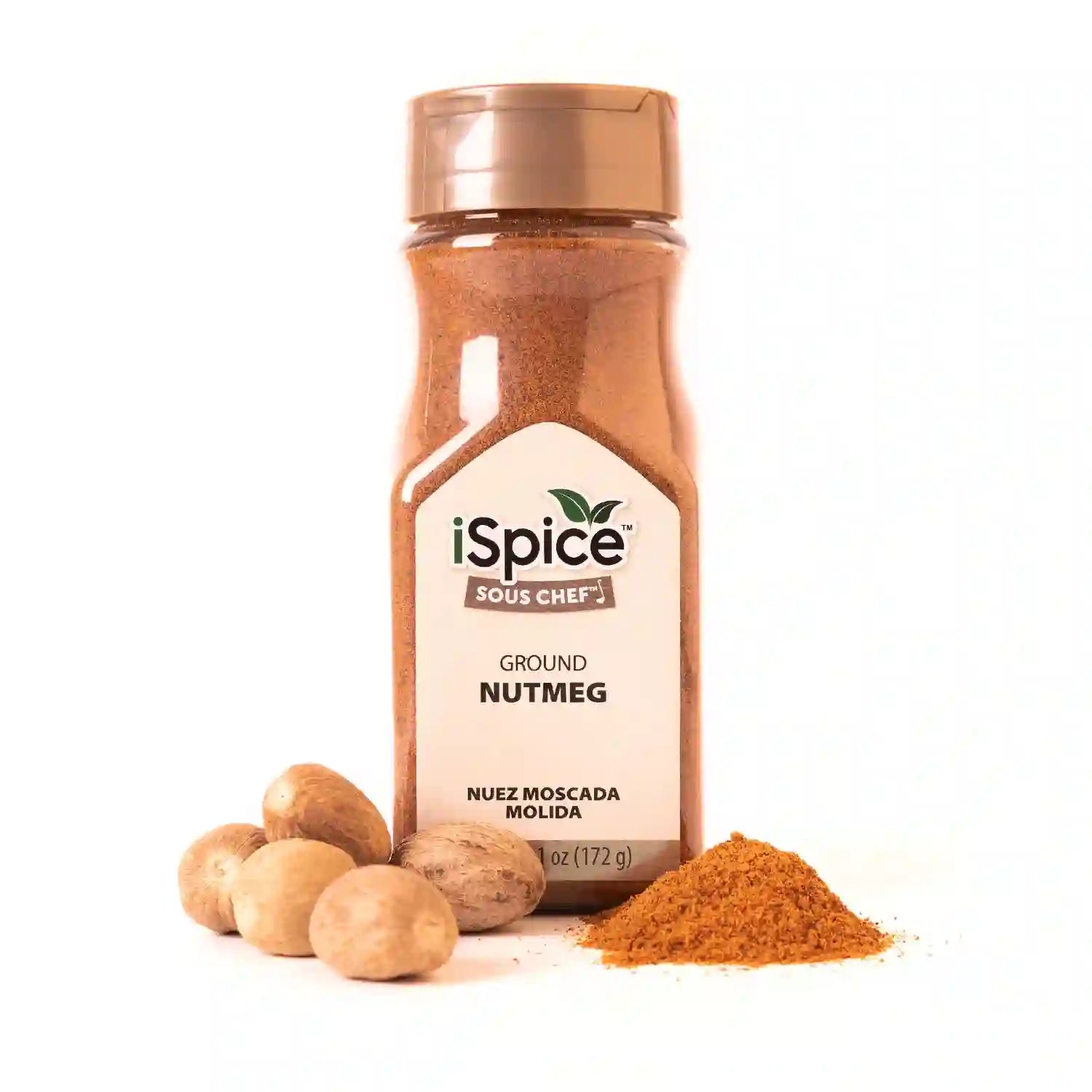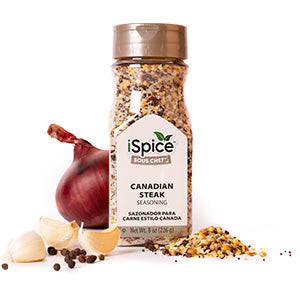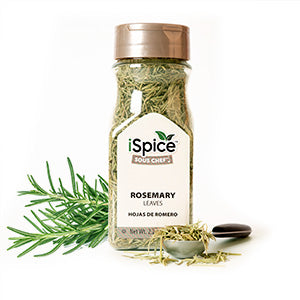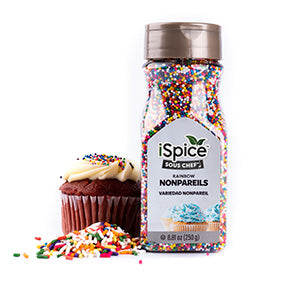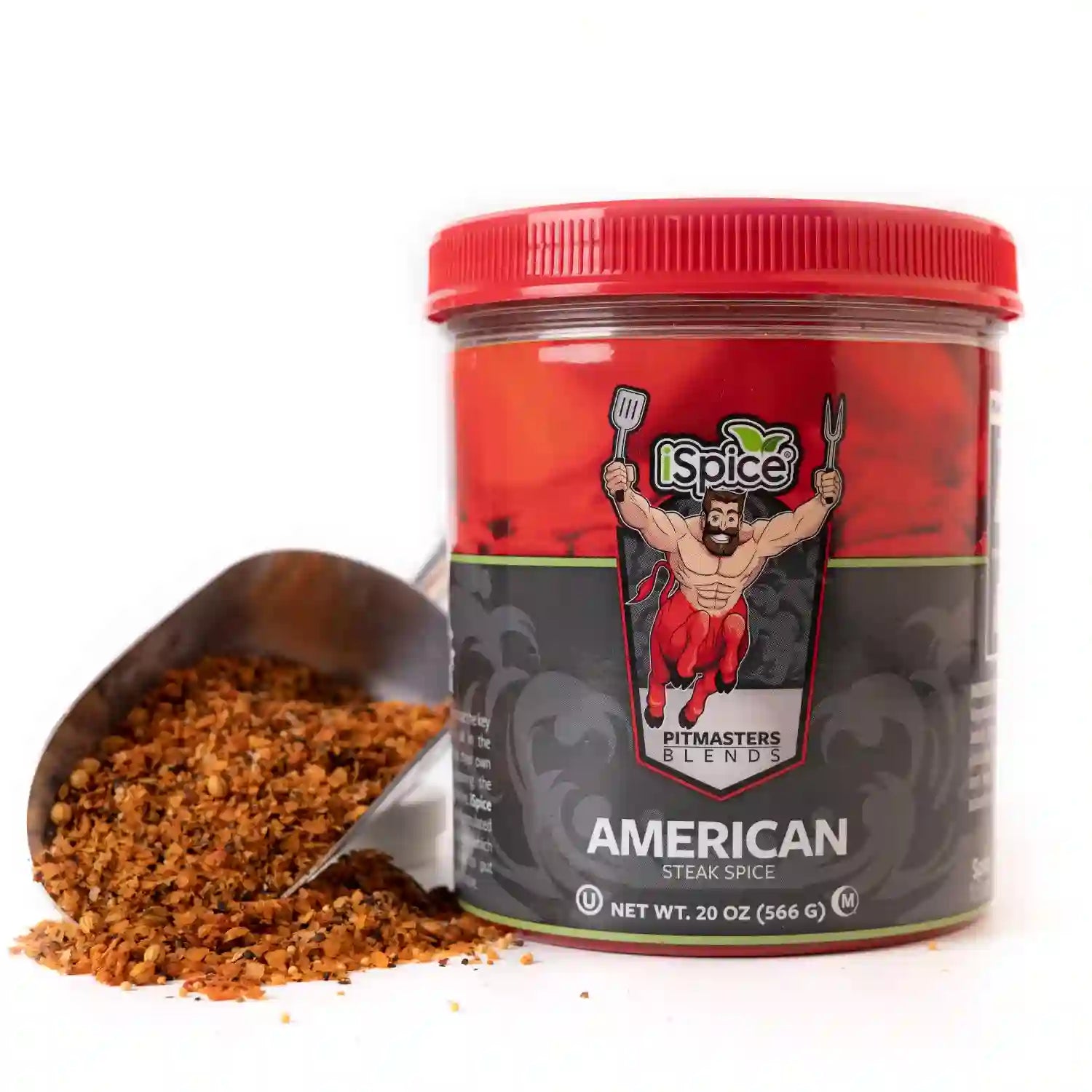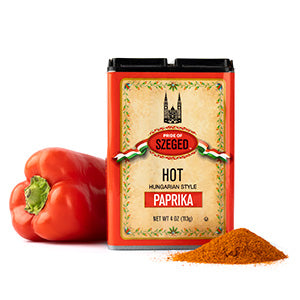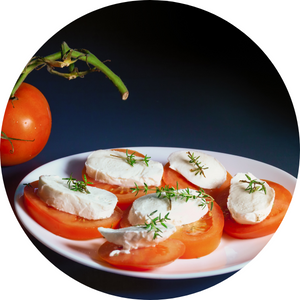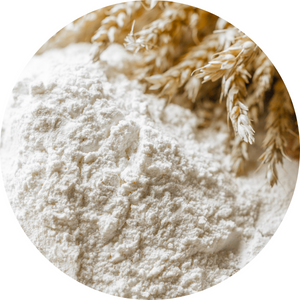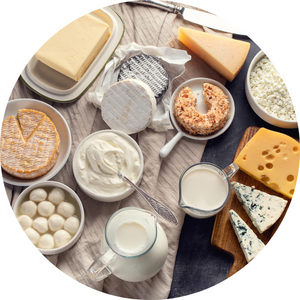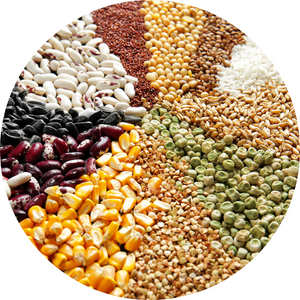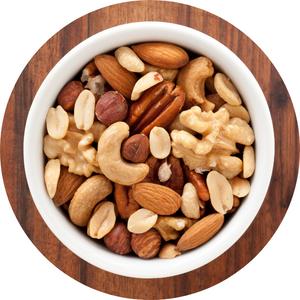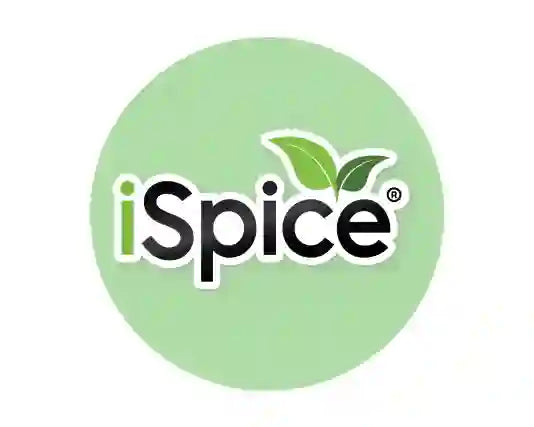
Introduction:
When it comes to baking, understanding the unique properties and uses of different ingredients is crucial to achieving exceptional results. Baking soda and cream of tartar are two popular leavening agents that play essential roles in various recipes. While they might seem similar, each has distinct characteristics that make them suitable for specific purposes. In this article, we will delve into the world of baking soda and cream of tartar, exploring their individual attributes, how they work, and when and where to use each to ensure your baked goods turn out perfectly.
Baking Soda vs. Cream of Tartar: Exploring the Differences
1. Baking Soda: The Rising Powerhouse
Baking soda, also known as sodium bicarbonate, is a versatile leavening agent with incredible rising abilities. It releases carbon dioxide when it reacts with acidic ingredients, such as buttermilk, vinegar, or citrus juice. This gas creates bubbles in the dough or batter, causing it to expand and rise. Its primary purpose is to lighten and soften baked goods, resulting in a fluffy texture.
2. Cream of Tartar: The Stabilizing Agent
Cream of tartar, scientifically known as potassium bitartrate, is an acidic byproduct produced during winemaking. It is used as a stabilizing agent and is commonly combined with baking soda to create baking powder. Unlike baking soda, cream of tartar does not cause immediate rising. Instead, it activates when combined with baking soda and exposed to moisture and heat, producing carbon dioxide to lift the dough or batter.
3. The Chemistry Behind Their Interaction
To understand the interaction between baking soda and cream of tartar, it's essential to grasp the science behind their reactions. Baking soda's alkaline nature reacts with cream of tartar's acidic properties when moisture is present, releasing carbon dioxide gas. This reaction is what makes them an effective leavening duo.
Baking Soda vs. Cream of Tartar: When to Use Each
4. Baking Soda for Quick Rise
When your recipe requires immediate rising and a coarse texture, baking soda is the ideal choice. It works best in recipes with acidic ingredients or when you want to accelerate the leavening process. Some popular uses of baking soda include:
- Fluffy pancakes that rise to perfection.
- Light and airy biscuits that melt in your mouth.
- Quick bread with a tender crumb.
5. Cream of Tartar for Stability
Cream of tartar is a must-have in recipes where stabilization is essential. It works well in situations where you want to prevent sugar crystallization and maintain the structure of whipped egg whites or cream. Some common applications of cream of tartar include:
- Creating smooth and stable meringues for pies and desserts.
- Preventing sugar crystallization in syrups and frostings.
- Enhancing the structure of angel food cake.
6. Baking Powder: The Perfect Combination
When a recipe calls for both rising power and stabilization, baking powder is the go-to choice. Baking powder is a pre-mixed blend of baking soda and cream of tartar, along with a dry acid, usually cornstarch, to prevent clumping. It offers the convenience of a single leavening agent and is widely used in recipes like:
- Moist and fluffy cakes.
- Soft and tender cookies.
- Well-risen muffins and scones.
Baking Soda vs. Cream of Tartar: Where to Use Each
7. Baking Soda in Savory Dishes
Baking soda is not limited to sweet treats; it can also work wonders in savory dishes. When a recipe involves ingredients with natural acidity, baking soda can help balance flavors and achieve delightful results. Consider using baking soda in:
- Softening beans and legumes during cooking.
- Reducing acidity in tomato-based sauces.
- Tenderizing tough cuts of meat.
8. Cream of Tartar in Candy Making
Candy making requires precision and control over sugar crystallization. Cream of tartar serves as an essential stabilizer in the candy-making process, preventing sugar from forming unwanted crystals. Incorporate cream of tartar when making:
- Luscious caramels and toffees.
- Smooth and creamy fudge.
- Colorful and chewy taffy.
9. Cleaning with Baking Soda
Beyond the kitchen, baking soda's cleaning properties make it a household favorite. Its gentle abrasiveness and natural deodorizing abilities make it an excellent eco-friendly cleaning agent. Utilize baking soda for:
- Removing stubborn stains and odors from carpets.
- Cleaning and deodorizing cutting boards and containers.
- Freshening up upholstery and mattresses.
10. Craft Uses for Cream of Tartar
Cream of tartar finds applications beyond the kitchen as well. Its acidic properties lend themselves to various craft projects, making it a versatile addition to your creative endeavors. Explore these crafty uses for cream of tartar:
- Creating homemade playdough and modeling clay.
- Making colorful and vibrant watercolor paints.
- Cleaning and polishing metal surfaces.
Baking Soda vs. Cream of Tartar: LSI Keywords and Real-Life Experiences
11. Baking Soda LSI Keyword: "Baking Soda Cleaning Hacks"
One of the most popular uses of baking soda is for household cleaning hacks. Its mild abrasive quality and ability to neutralize odors make it an excellent eco-friendly alternative to commercial cleaning products. Let's explore some real-life experiences and creative ways to use baking soda for cleaning:
- Removing coffee stains from mugs: Sprinkle baking soda inside the mug, add a few drops of water, and scrub with a sponge to remove stubborn coffee stains.
- Freshening up sneakers: Create a mixture of baking soda and water, apply it to the inside of your sneakers, and let it sit overnight to absorb odors.
- Cleaning kitchen appliances: Make a paste using baking soda and water, and use it to clean and shine stainless steel appliances, stovetops, and ovens.
12. Cream of Tartar LSI Keyword: "Whipping Egg Whites with Cream of Tartar"
Whipping egg whites to stiff peaks can be a challenge, especially when you want to achieve stability and volume. Cream of tartar comes to the rescue in this situation, ensuring your egg whites maintain their form. Here are some insights and tips from experienced bakers:
- Separating eggs at room temperature: Before whipping egg whites, ensure they are at room temperature for better volume and stability.
- Adding cream of tartar gradually: Start whipping the egg whites and gradually add cream of tartar as they become frothy, helping stabilize the foam.
- Avoiding over-whipping: Be careful not to over-whip the egg whites, as this can lead to a grainy texture and reduced volume.
Frequently Asked Questions (FAQs):
Q: Can I substitute cream of tartar with baking soda or vice versa?
A: While both baking soda and cream of tartar are leavening agents, they serve different purposes and cannot be used as direct substitutes for each other. However, you can create a DIY baking powder by combining cream of tartar and baking soda in a specific ratio.
Q: Is baking soda safe for consumption in large quantities?
A: Baking soda is safe to use in moderate amounts as a leavening agent. However, consuming excessive baking soda can lead to health issues, such as an upset stomach or metabolic alkalosis. It's essential to follow recommended measurements in recipes.
Q: Can I use baking soda and cream of tartar together without adding moisture?
A: For baking soda and cream of tartar to react and release carbon dioxide, moisture is required. Combining them without moisture will not yield the desired leavening effect.
Q: Can I use baking powder instead of baking soda and cream of tartar separately?
A: Yes, baking powder is a convenient alternative that combines both baking soda and cream of tartar, along with a dry acid, to achieve the desired leavening effect. It is a one-stop solution for recipes that require both rising power and stabilization.
Q: Is cream of tartar only used in baking?
A: While cream of tartar is commonly used in baking for stabilizing purposes, it also finds applications in candy making, cleaning, and various craft projects, thanks to its unique acidic properties.
Q: Can I use expired baking soda or cream of tartar?
A: Expired baking soda and cream of tartar may lose their effectiveness as leavening agents. It's best to check their potency before use to ensure optimal results in your recipes.
Conclusion:
Understanding the differences between baking soda and cream of tartar is the key to becoming a baking expert. Armed with this knowledge, you can confidently choose the right ingredient for your recipes, whether you need quick rise, stabilization, or a combination of both. Embrace the versatility of baking soda and cream of tartar in the kitchen and explore their various applications beyond baking, from cleaning to crafting. Elevate your baking skills and create delightful treats that will impress family and friends alike.
Alert: While spices can have many beneficial properties for health, using them for medical purposes should be done under the guidance and supervision of a healthcare professional or specialist. Some spices may interact with medications or cause adverse reactions in certain individuals, and it is important to use them safely and appropriately. If you are considering using spices for a medical condition, it is important to consult with a healthcare professional before doing so.

